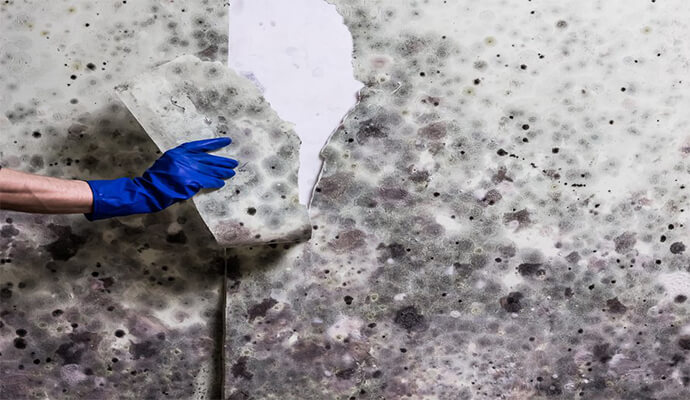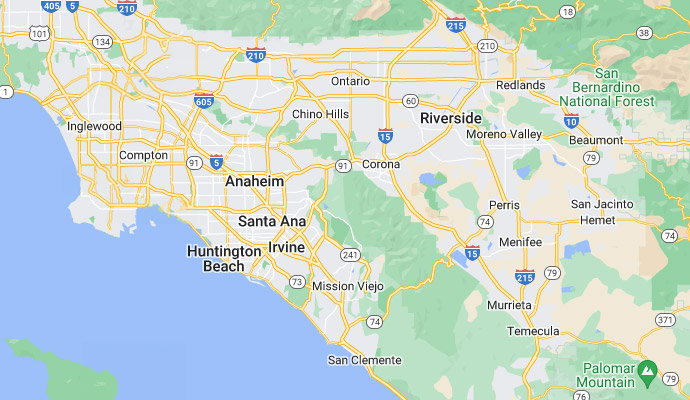
7 Types of Mold That Might Be in Your Home
There are thousands of types of mold known to humans. You can find them almost everywhere. (yes, even Antarctica) It seems like we can’t get rid of these uninvited guests, but don’t worry; we are here to give you some tips and get more familiar with the most common types of mold that you may encounter more often
While many people believe that molds only accrue in old residences, the truth is any house of any age can suffer from a mold problem.
1. Aspergillus
They have a yellow-green to blue-green color with a cotto\wool texture.
Although it’s widespread and usually doesn’t do any significant harm to us, still, it may cause allergic reactions and infections in people with compromised immune systems. We have also seen some rare cases of Aspergillosis.
Unlike other types of mold, they don’t care if it’s damp or dry. They are visible quite usually in house dust and window-mounted air conditioning.
2. Cladosporium
These are the tricky ones. Initially, most of them get categorized as outdoor mold. Still, they can enter your house through heating, ventilation, and air conditioning. However, Cladosporium has an indoor species that will grow on textiles, wood, and other damp areas.
These molds could cause asthma symptoms. They have an olive color with a velvet texture.
3. Stachybotrys
The notorious Black Mold is one of the most hazardous types of mold as they produce mycotoxin; they can cause various symptoms such as dizziness, flu-like symptoms, lung bleedings, diarrhea, headaches, and the list goes on.
This slimy black type of mold( also grey or dark green) requires excessive moisture to thrive.
These types of mold grow when there is moisture from water damage
Since you’re dealing with a toxigenic mold, you’ll want specialists to handle it.
4. Fusarium
From white to purple, They come in a diversity of colors. Fusarium is a type of mold that grows extremely fast. They are mostly found outside in soil and near plants, but you can also expect them underneath your carpet.
Exposure to fusarium can cause an allergic reaction as well as a rare eye infection named fusarium keratitis.
5. Penicillium
It is easy to recognize by its distinctive blue or green color.
Just like aspergillus, they are commonly present in everyday surroundings. So we breathe the spores almost every day. Although its highly uncommon, It still may cause bronchitis, sinus infections, and other respiratory allergic reactions.
You can notice penicillium on dust, wallpaper glue, and even fabrics.
6. Alternaria
It is featured with a velvet texture and dark green or brown color.
These types of mold are universally widespread and present in many climate environments.
Since it spreads swiftly, it’s necessary to stop it before it overtakes your place.
Alternaria is common in damp areas such as shower stalls, bathtubs, and beneath leaking sinks.
A sizable spore of Alternaria can cause asthma attacks and allergic reactions.
7. Chaetomium
A cotton-like type of mold is white at first, but it shifts to a grey or brown over time and finally gets black.
Distinguishable for their musty and old odor, these types of mold are habitually in dark areas with poor ventilation, such as drywall and basements.
Since they produce mycotoxins, they are quite hazardous to people with compromised immune systems.
Don’t let them surprise you.
Ok, now you know where to look and how to identify them.
We are trained professionals with years of experience who will grant you a mold-free home.
So If you ever found any of these molds, there is no need to worry. Contact Us.












